Tips To Make Your Garden A Bird Paradise
Trending Now
Turning your yard into a bird-friendly haven is a fun and sustainable way to connect with nature. By offering proper food, shelter, and protection, you’ll not only enhance the beauty of your garden but also support the well-being of local bird populations.
Whether you’re an experienced birdwatcher or new to the hobby, these easy tips will help you create a vibrant, inviting space that birds will happily return to time and time again.
Avoid Excessive Pruning
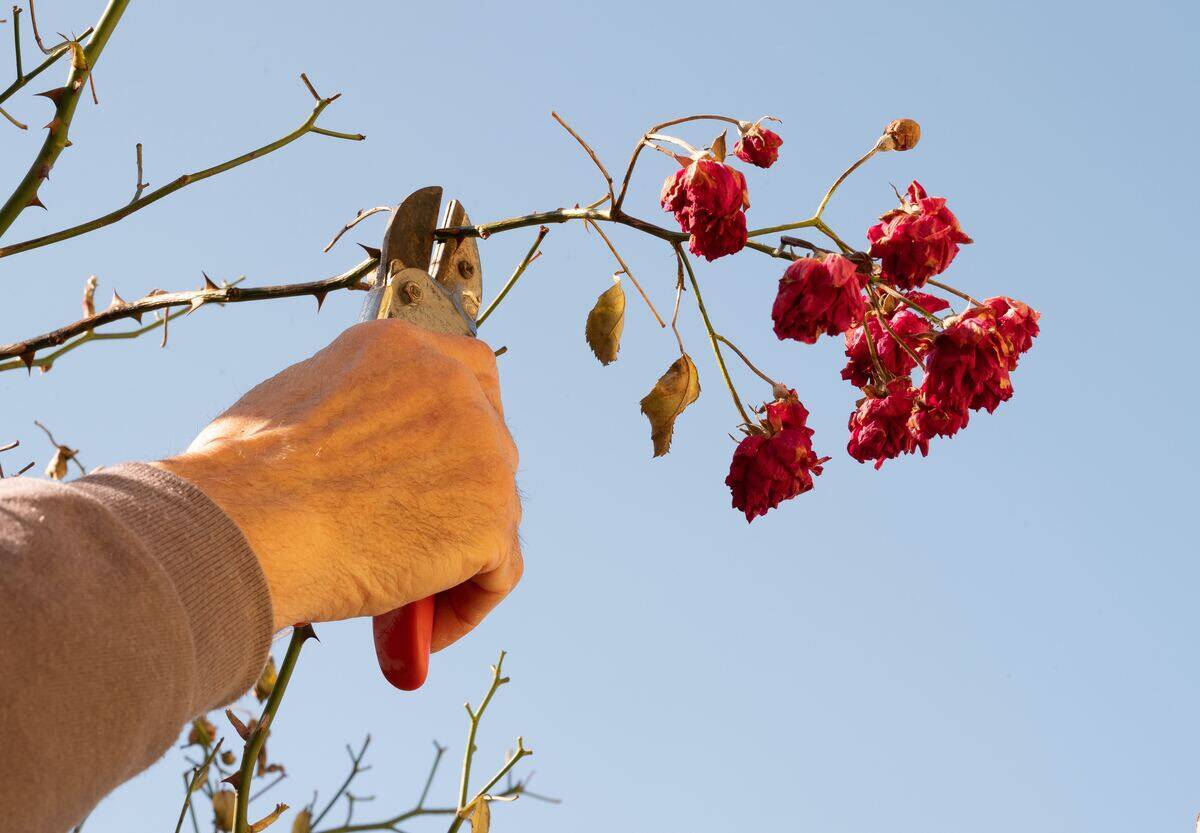
Allowing plants and shrubs to grow more naturally—without excessive pruning—helps maintain the dense, protective cover birds need for nesting, resting, and staying safe from predators and the elements. Thick foliage becomes a crucial refuge, especially during breeding season and extreme weather.
By embracing this natural growth, you’re creating a welcoming sanctuary that encourages more bird species to visit or make your yard their home. And the benefits go beyond birdwatching—many birds help keep insect populations in check and can even assist with pollination. It’s a simple, low-maintenance way to support wildlife and boost your garden’s health at the same time.
Provide Perches And Roosting Spots
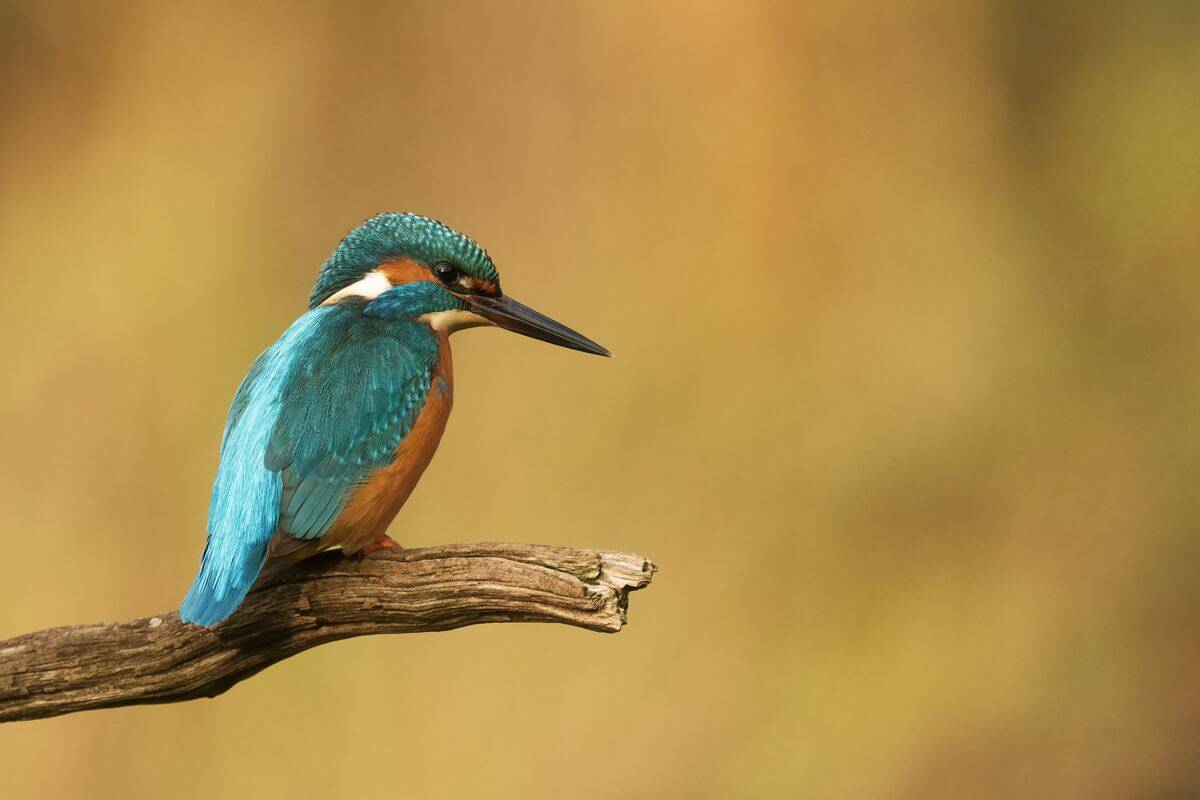
Perches and roosting spots serve as essential rest stops for birds—giving them a secure place to relax, survey their surroundings for predators, and conserve energy between flights.
Incorporating features like sturdy branches, birdhouses, dead tree stumps, or thick shrubs encourages birds to linger and feel at home. The more comfortable and safe they feel, the more likely they are to return—and bring their beneficial habits with them. From natural pest control to pollination, their presence helps create a thriving, balanced garden. It’s a beautiful reminder that even small additions can make a big difference in supporting wildlife and enriching your outdoor space.
Set Up A Compost Pile
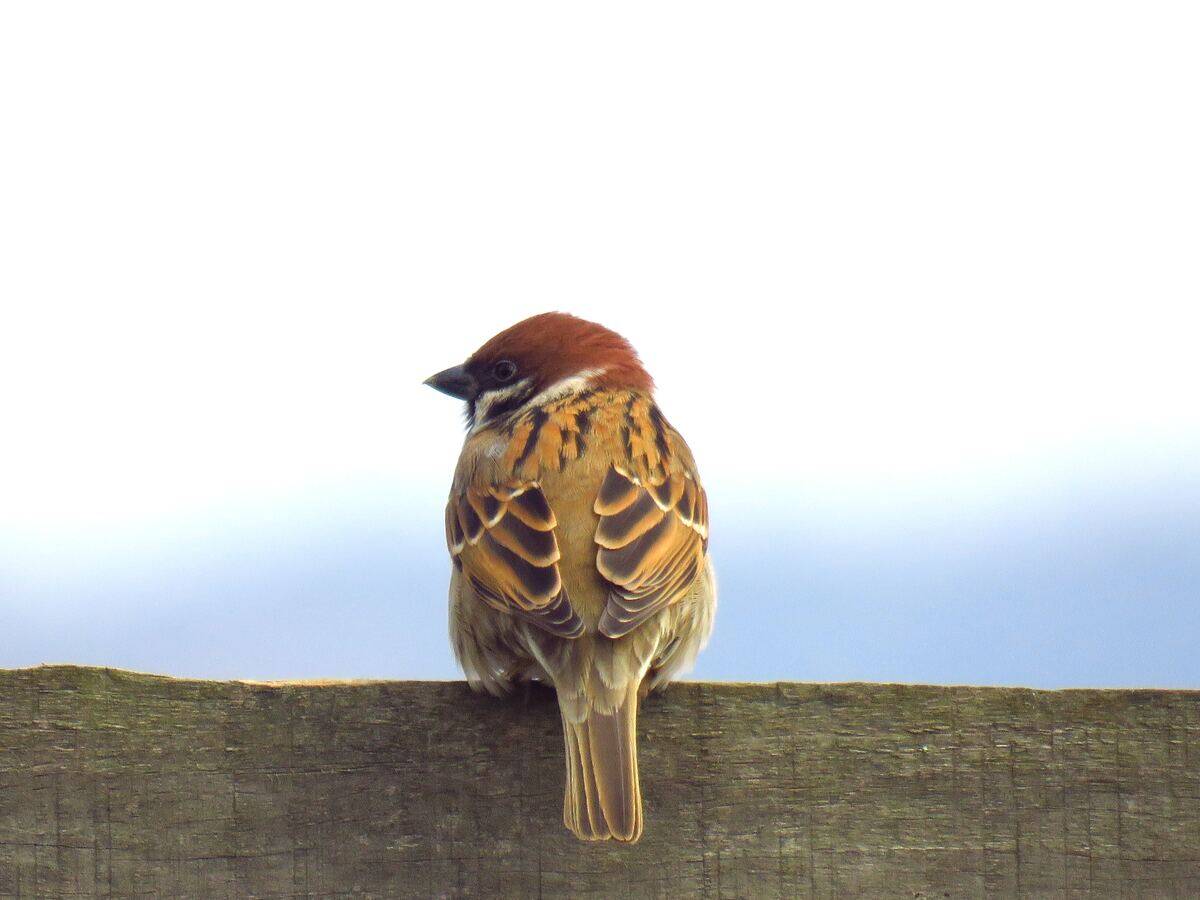
Compost piles truly are miniature ecosystems, buzzing with life and offering countless benefits—not just for your garden, but for local wildlife too. By attracting insects like beetles, worms, and larvae, you’re providing an all-natural feast for insect-eating birds. This is especially helpful during breeding season, when parent birds need high-protein food sources for their growing chicks.
Even better, the rich, fertile soil produced by composting boosts native plant growth, which supports even more insects, seeds, and shelter that birds depend on. It’s a self-sustaining cycle that keeps your yard vibrant and biodiverse—plus, your plants will love you for it.
If you haven’t started a compost pile yet, it’s easier than you might think. Would you like help setting one up or figuring out what you can safely compost?
Create A Brushy Border
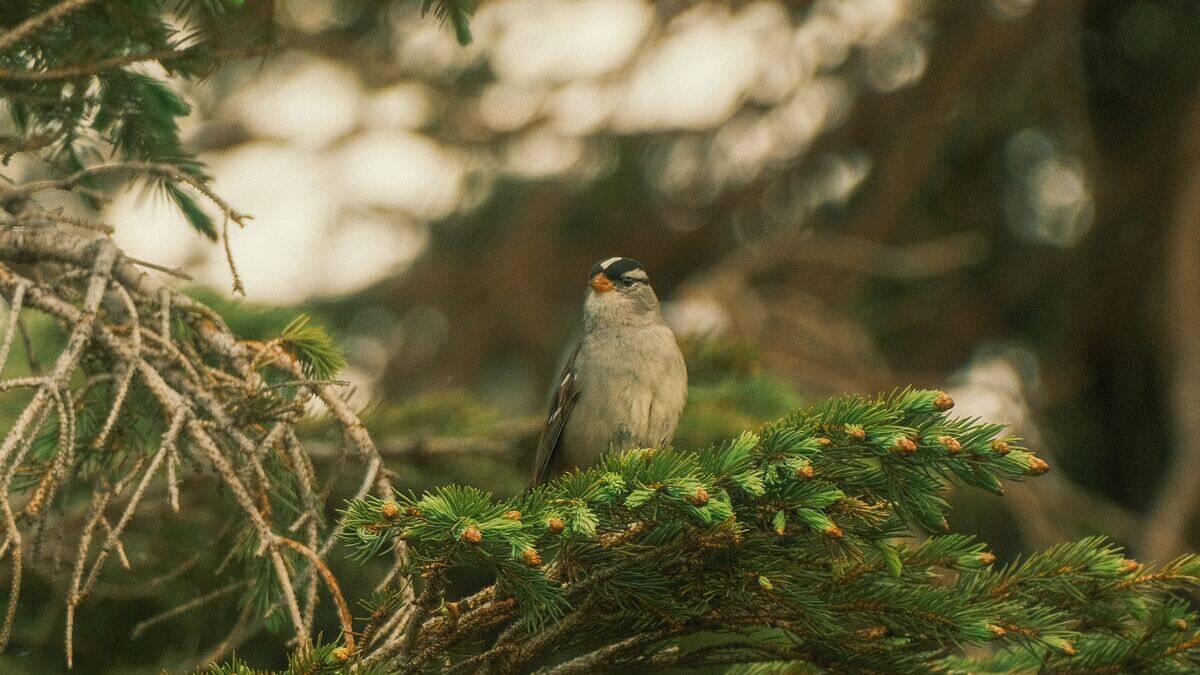
Brushy borders act like deluxe bird housing—layered and rich with resources. From low-growing shrubs and vines to tangled thickets and taller bushes, they offer birds vital protection from predators like hawks, as well as a steady supply of insects, berries, and seeds.
Using a mix of native plants with varying heights and textures not only draws in a diverse range of bird species—from flitting warblers to bold thrashers—but also fosters nesting and year-round shelter. These dense areas even create microhabitats for other beneficial creatures, enriching your backyard’s overall ecosystem.
If you’re considering planting a brushy border, I’d be happy to help you choose native plants suited to your region and goals—whether you’re looking for low maintenance, seasonal color, or maximum bird appeal. Want to dive into some plant suggestions?
Create A Pollinator Garden
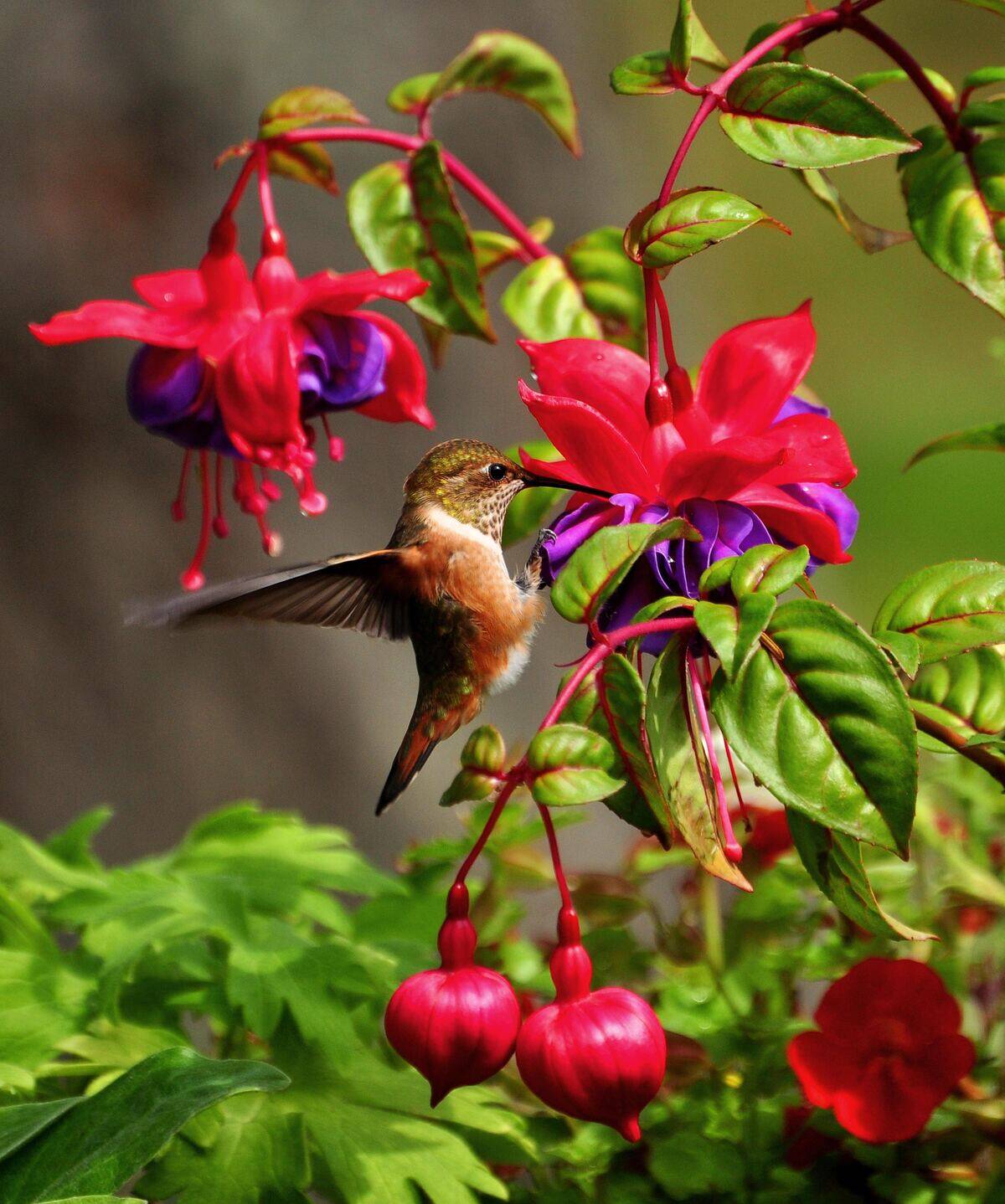
Pollinator gardens are like the heartbeat of a healthy yard ecosystem—they kick-start a food web that supports everything from bees and butterflies to the birds that feed on them. And with the added bonus of colorful, ever-changing blooms, your garden becomes both a haven for wildlife and a visual treat year-round.
Opting for native, perennial plants is a smart move—they’re perfectly suited to your local climate and soil, and they provide familiar, reliable resources for native pollinators and birds alike. And by skipping pesticides, you protect the entire chain—from the tiniest insects to the birds that rely on them for nourishment.
If you’re thinking about a particular theme—like a cottage garden vibe, a low-water pollinator patch, or even something more wild and meadow-like—I’d be happy to help you pick out plants that match your vision and support both pollinators and feathered visitors. Want to tell me your region or zone so I can tailor the suggestions?
Plant Native Trees And Shrubs
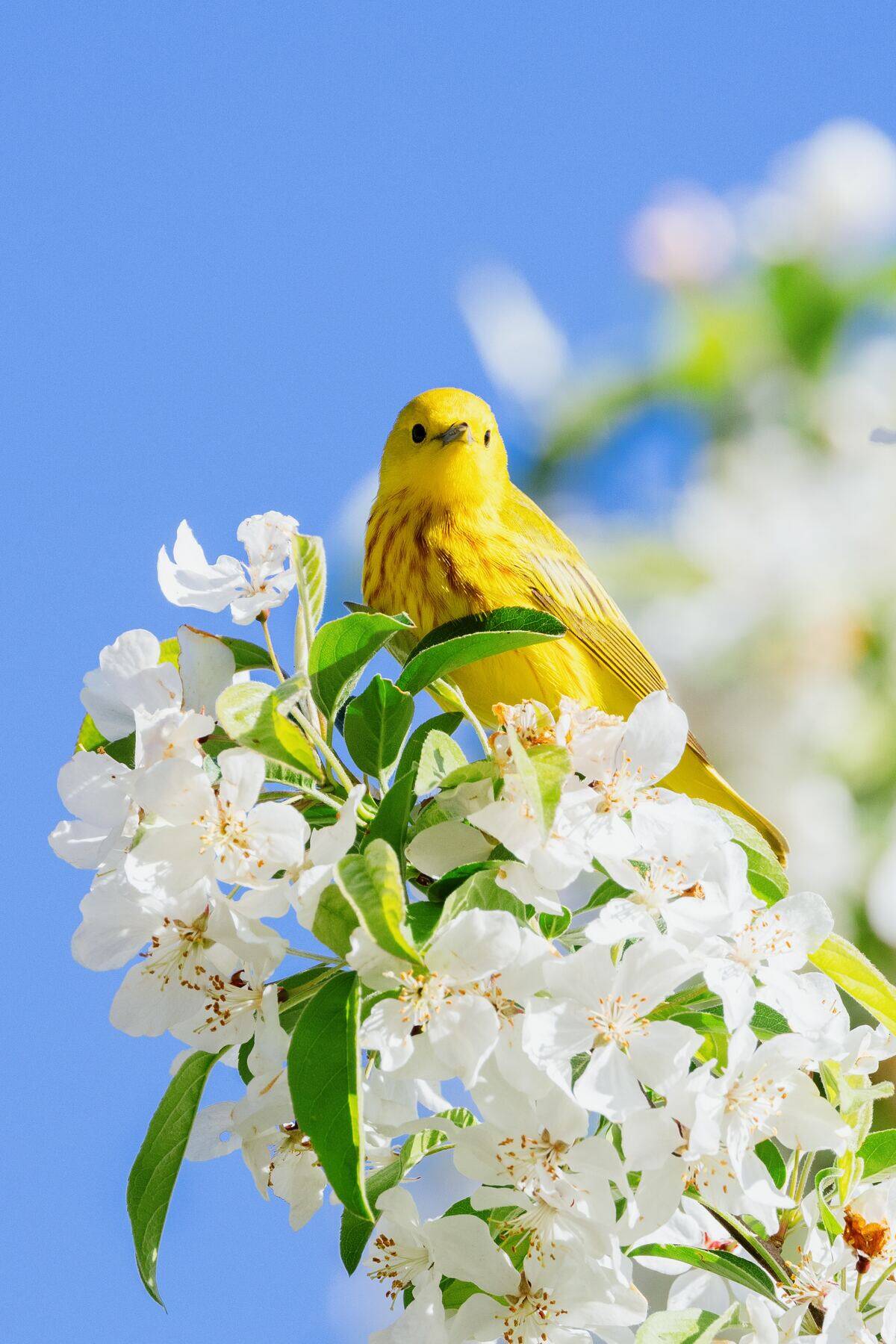
Transforming your outdoor space into a bird-friendly haven is a rewarding and eco-conscious way to enjoy nature. Creating a welcoming environment for birds not only enhances your yard’s beauty but also supports local wildlife. From offering the right food and shelter to ensuring safety, there are plenty of ways to make your space more inviting for avian visitors.
Whether you’re a lifelong bird enthusiast or just starting to explore the wonders of birdwatching, these helpful tips and strategies will guide you in creating a vibrant habitat that birds will love to visit and call home.
Avoid Pesticides And Chemicals
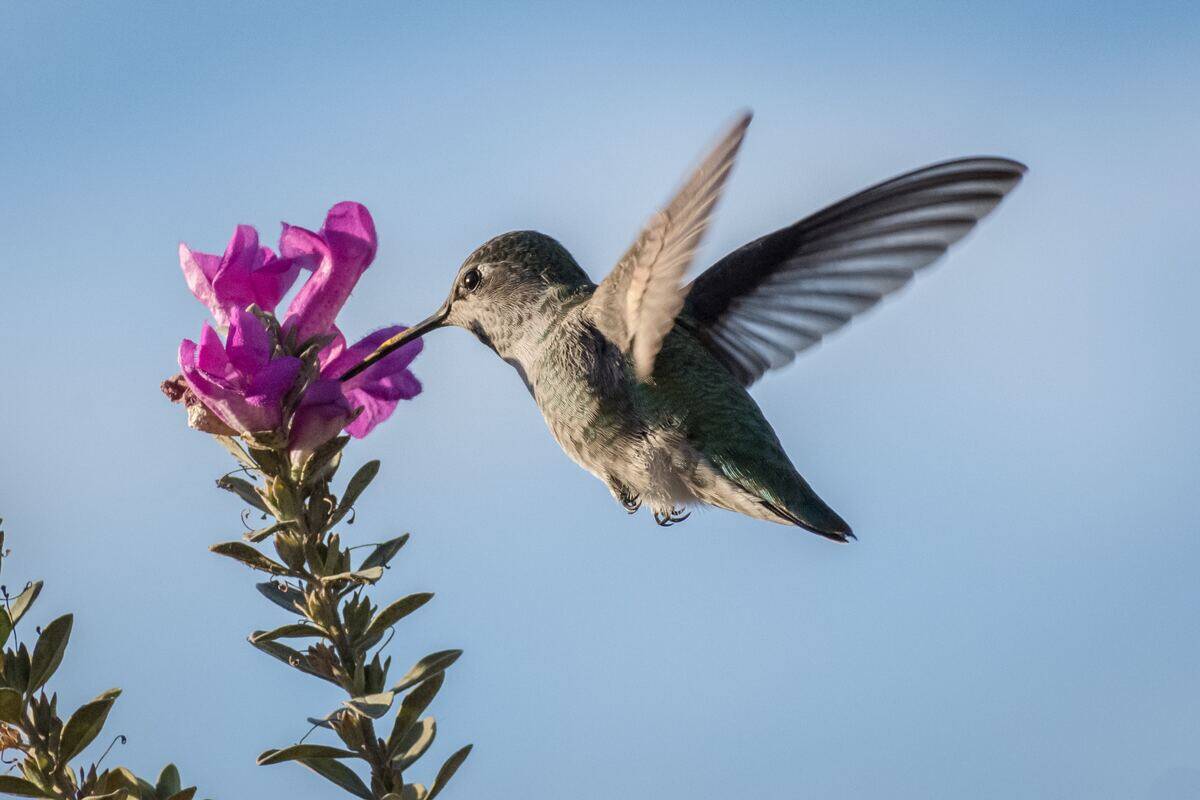
Pesticides and herbicides can have harmful effects on birds in several ways. Firstly, they can directly poison birds if they ingest contaminated insects or seeds. Secondly, these chemicals reduce the availability of insects, which are a vital food source for many bird species, especially during the breeding season when they need protein-rich food for their young.
Pesticides can harm the plants that birds rely on for food and shelter. By eliminating or minimizing the use of harmful chemicals in your yard, you create a safer and healthier habitat for birds.
Install Bird Feeders
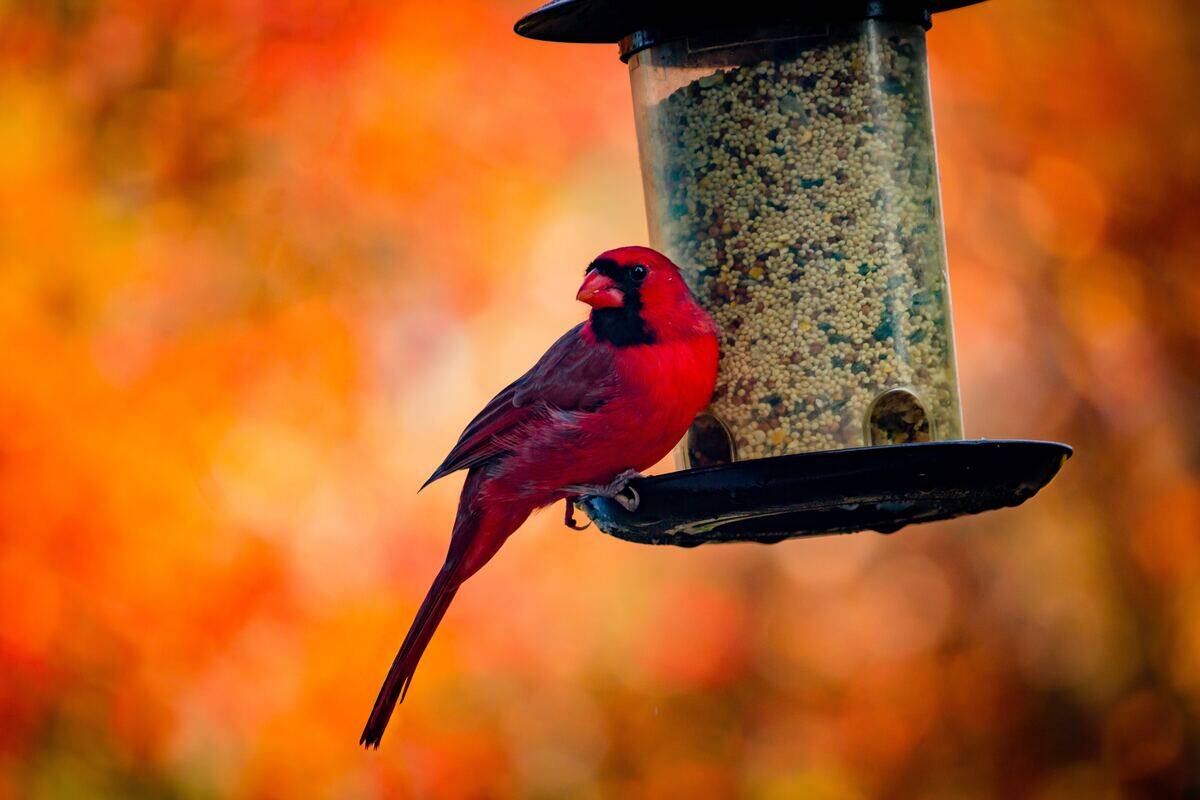
Bird feeders are a wonderful way to offer a consistent and easily accessible food source for local bird species, especially during times when natural food is scarce, like in the winter months. To attract a variety of birds, use different types of feeders and offer a range of seeds and feed, as each bird species has its own preferences. It’s important to keep your feeders clean and filled regularly to maintain a reliable food supply.
By installing and maintaining bird feeders, you’ll not only enjoy the beauty of birds up close but also play a role in supporting their well-being throughout the year.
Incorporate Fruit-Bearing Plants
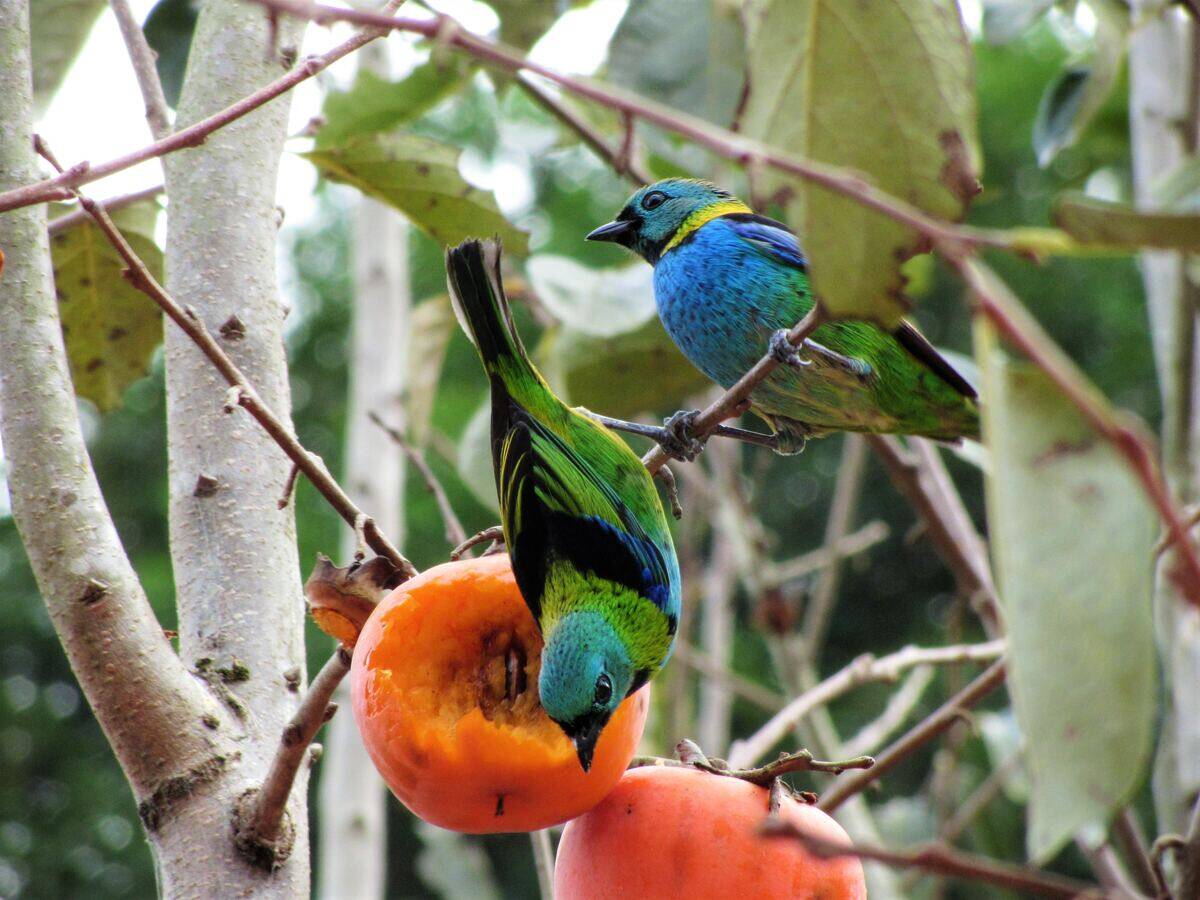
Adding fruit-bearing plants to your yard is a great way to draw in and support a variety of bird species, transforming your outdoor area into a more bird-friendly environment. Options like berry bushes, fruit trees, and grapevines offer birds a reliable and nutritious food source year-round.
Pro tip: Choose native fruit-bearing plants that thrive in your local climate and soil—they’re more likely to attract and benefit birds native to your region.
Provide Grit And Minerals
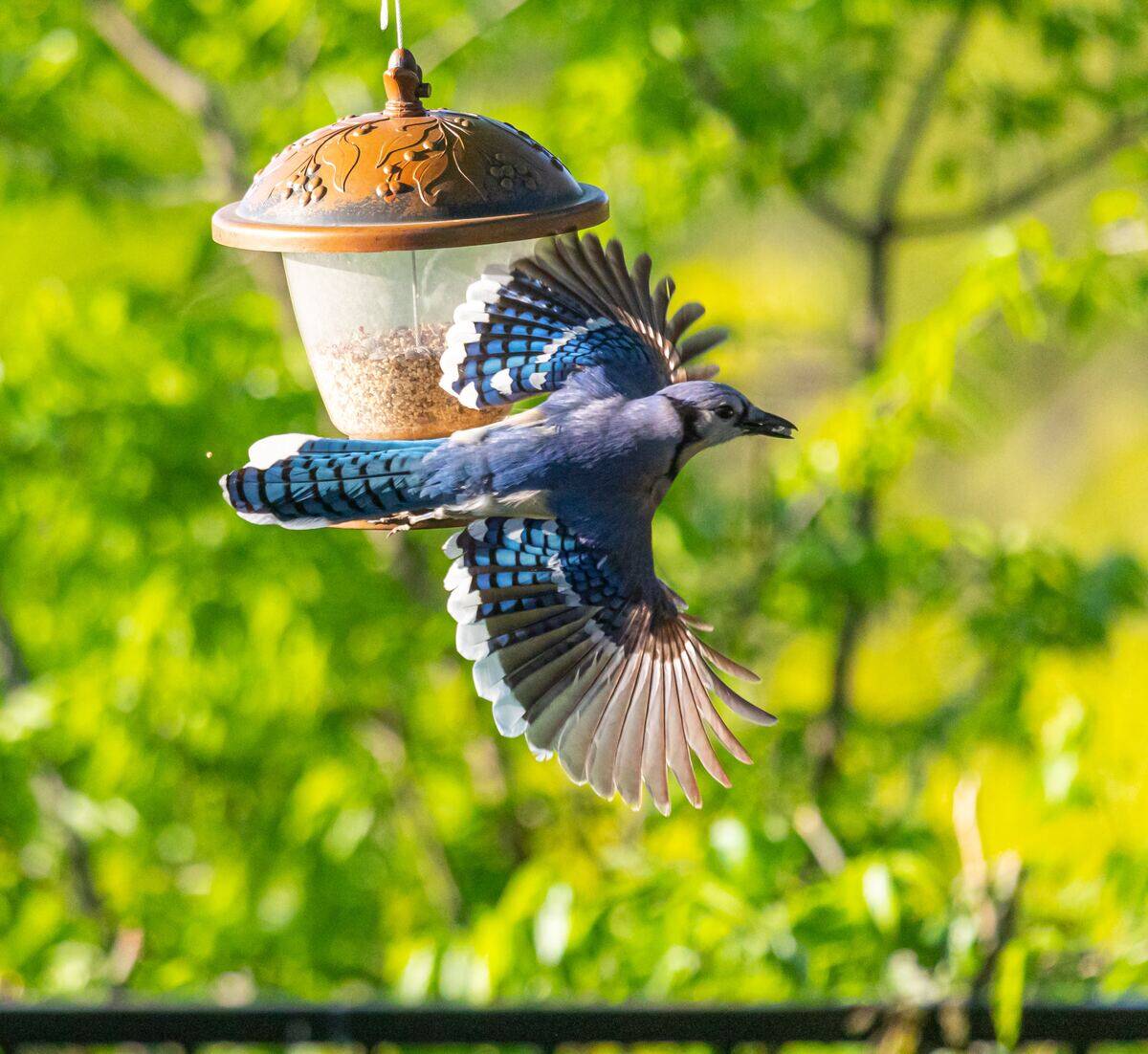
Offering grit and minerals in your yard is a considerate way to support birds’ nutritional needs, especially for species that feed on seeds and grains.
Grit—small, hard particles such as tiny stones or crushed eggshells—aids digestion by helping birds grind up food in their gizzards. Essential minerals like calcium are also vital for overall health and play a critical role during breeding season, ensuring birds can produce strong, healthy eggshells.
Maintain A Continuous Food Supply
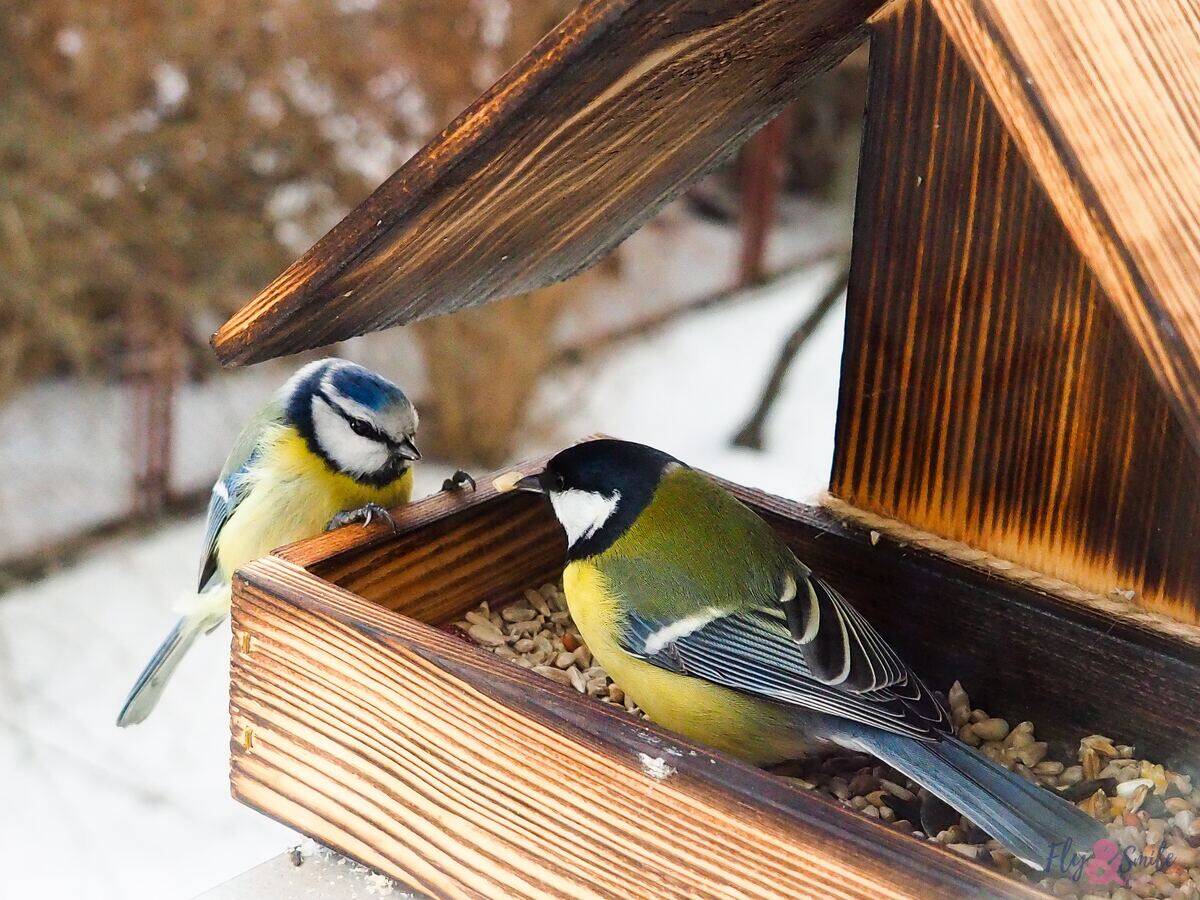
Keeping a steady supply of food in your yard is key to fostering a bird-friendly environment, as it supports the health and survival of local bird populations.
Birds depend on reliable, year-round access to nourishment—especially during lean times like winter or the breeding season when their nutritional needs are higher.
Provide Fresh Water
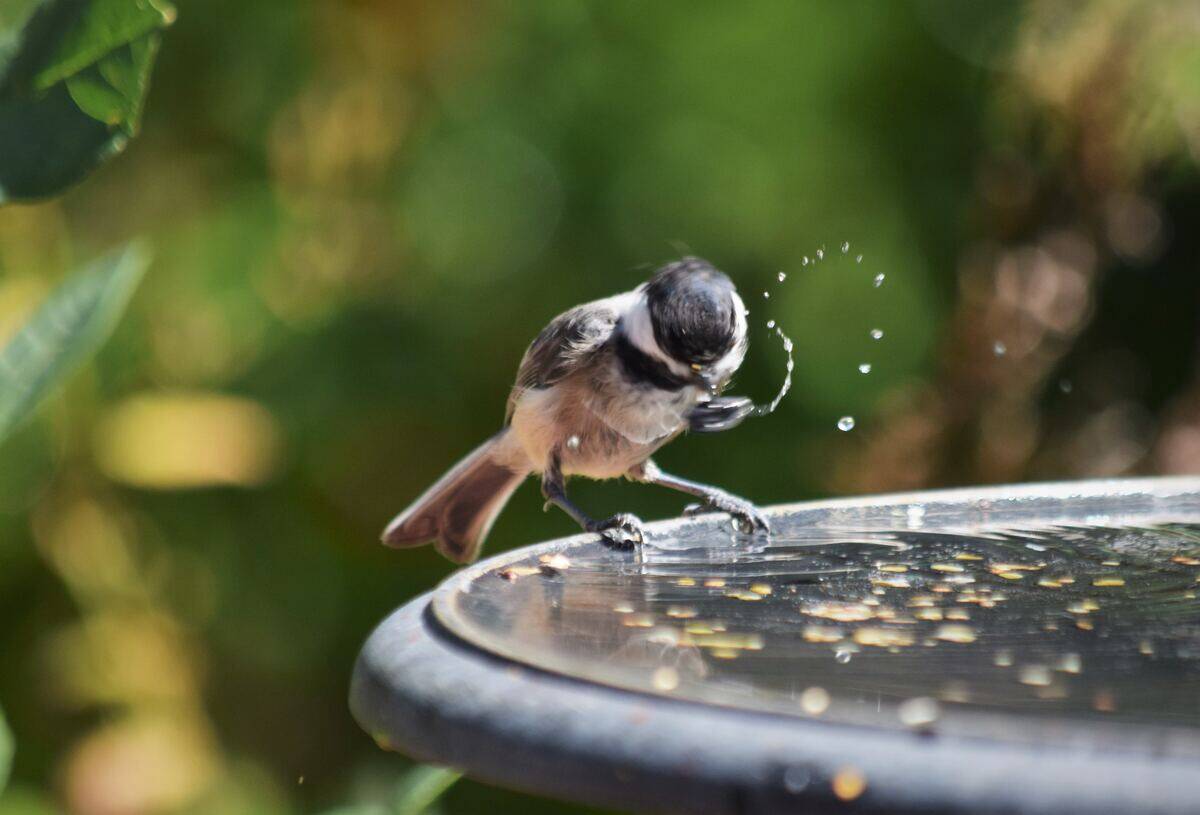
Providing fresh water in your yard is a simple but crucial way to create a bird-friendly environment. Birds need access to clean water for both drinking and bathing. A birdbath or a small pond with shallow edges is ideal, as it offers safety, particularly for smaller birds and fledglings.
Be sure to keep the water source clean and change it regularly to prevent algae buildup and contamination. You can also enhance the appeal by adding a water feature like a gentle fountain or dripper, as the movement and sound of water can attract birds and make your yard even more inviting for them.
Create Nesting Boxes
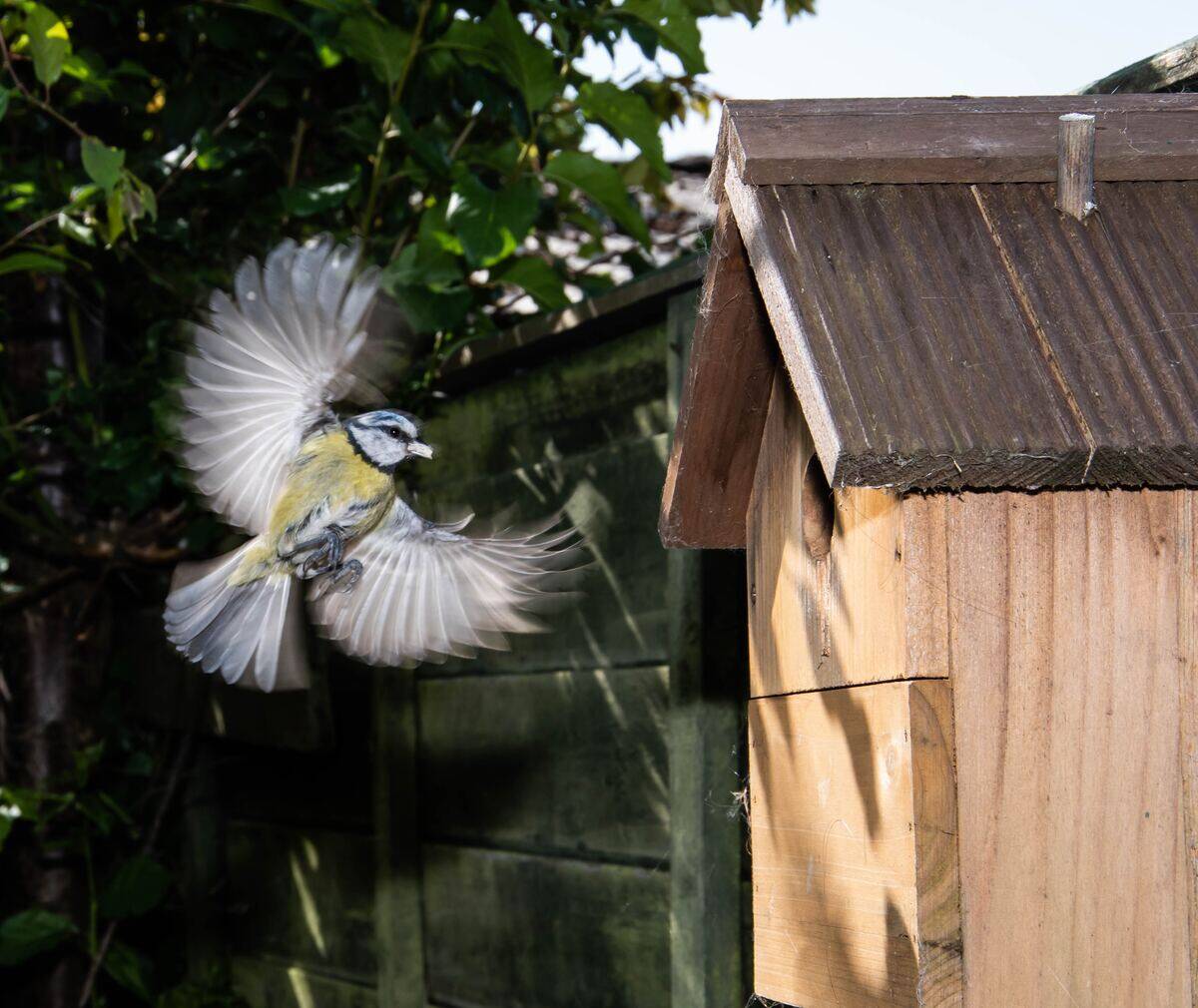
These boxes, also known as birdhouses, provide essential shelter and nesting sites for various bird species, such as bluebirds, chickadees, and wrens. To create nesting boxes, research the specific requirements and preferences of the birds in your area, as different species have varying needs regarding box size, entrance hole diameter, and placement height.
By offering suitable nesting boxes, you encourage bird families to take up residence in your yard, fostering bird reproduction and enhancing your local ecosystem.
Provide Brush Piles
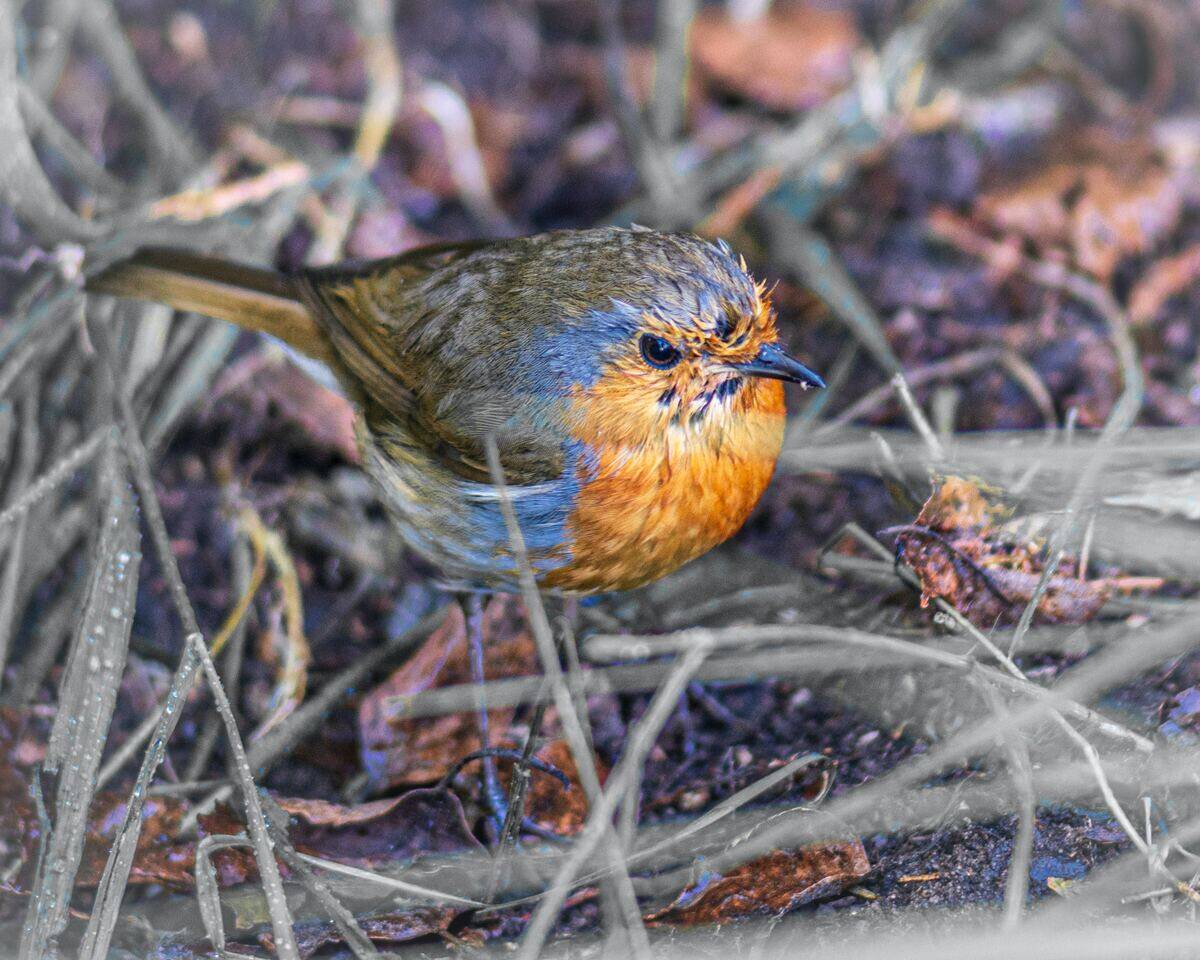
Brush piles consist of stacked branches, twigs, leaves, and other natural debris, providing a safe and appealing habitat for a variety of birds. These piles serve as shelter and hiding spots, offering protection from predators and extreme weather conditions. Birds such as sparrows, wrens, towhees, and thrashers are particularly fond of these habitat structures.
To establish brush piles, collect fallen branches and trimmings from your yard and stack them in a designated area, making sure to create nooks and crannies for birds to explore and nest.
Use Bird-Safe Window Solutions
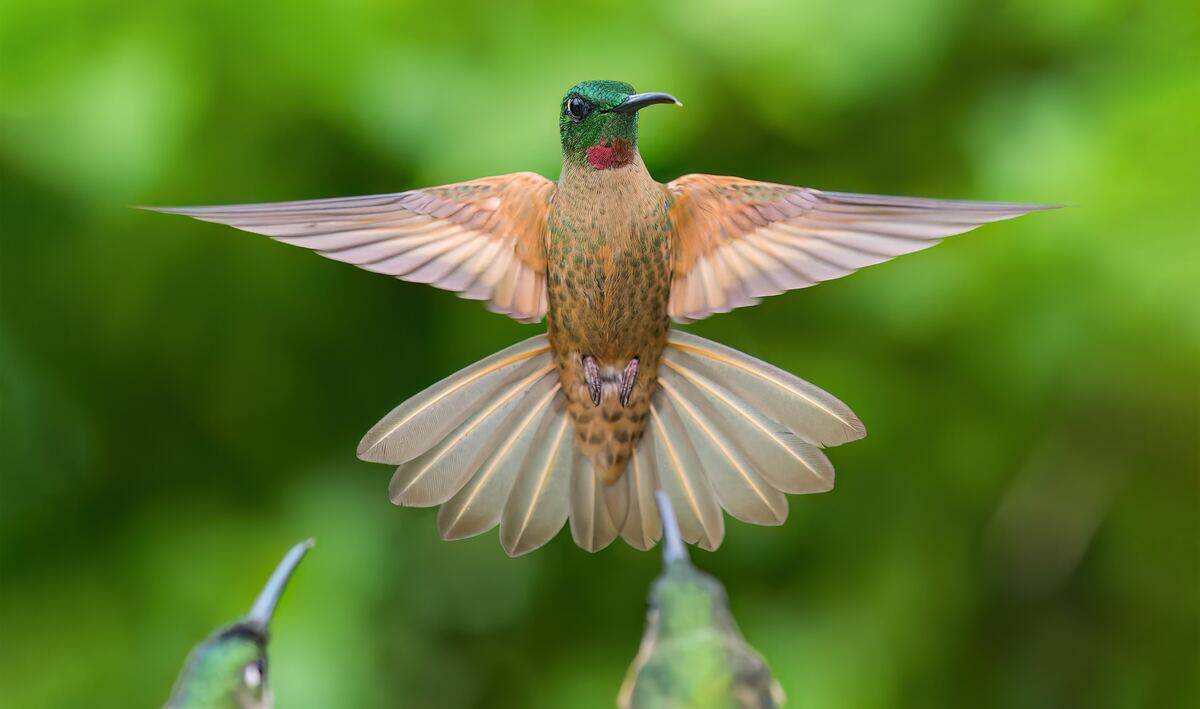
Birds may not perceive clear glass as an obstacle, and they might see reflections of the sky or trees in the glass, making them fly directly into it.
This can be harmful to both birds and homeowners who witness these collisions. Implementing bird-safe window solutions can reduce or eliminate such collisions, helping protect local bird populations.
Create A Butterfly Garden

Creating a butterfly garden is a brilliant idea for making your yard more bird-friendly because it not only attracts a diverse array of butterflies but also the insects and caterpillars that serve as a vital food source for many bird species.
By cultivating this rich ecosystem of nectar-rich flowers and host plants, you not only provide a consistent and nutritious food supply for birds, especially during their breeding seasons when they require protein-rich insects, but you also enhance the overall biodiversity of your yard.
Install Motion-Activated Lights
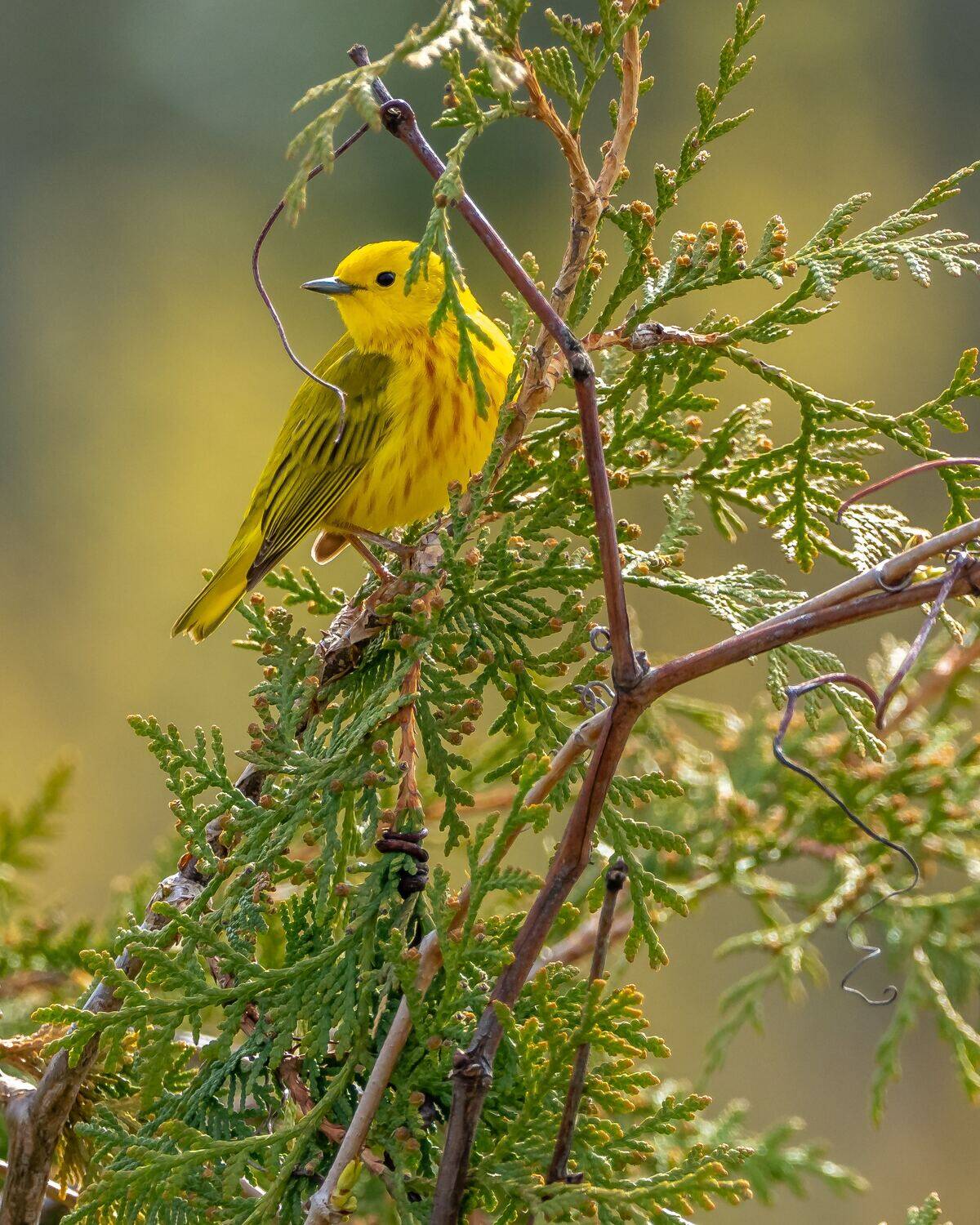
Motion-activated lights help protect nesting birds and their vulnerable offspring by deterring potential threats after dark. By minimizing the risk posed by predators, you provide a safer and more secure habitat for birds, allowing them to rest and nest with greater peace of mind.
This, in turn, promotes successful breeding and contributes to the overall well-being of bird populations in your yard, fostering a harmonious coexistence between birds and their human admirers.
Reduce Lawn Size
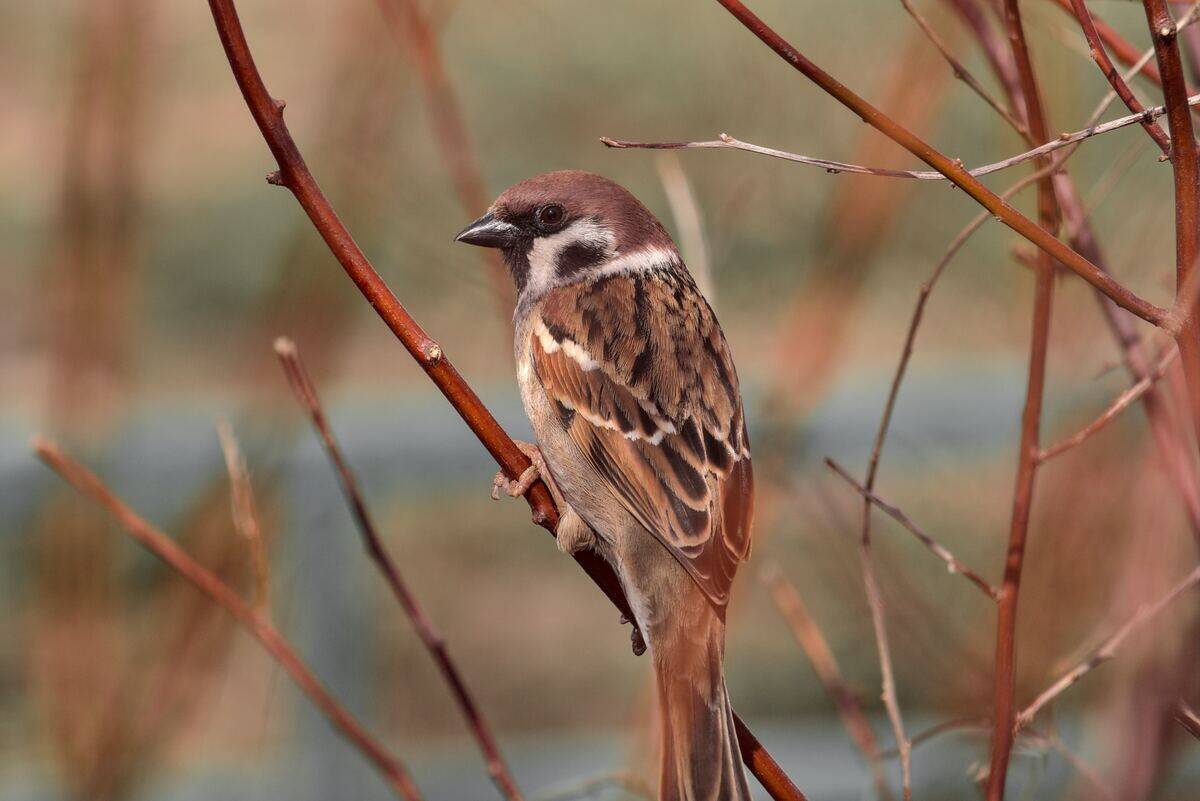
Reducing the size of your lawn is a smart approach to create a bird-friendly yard because it promotes habitat diversity and provides essential resources for birds. Large, uniform lawns offer limited ecological value to birds, while introducing native plants, shrubs, and other bird-friendly landscaping elements not only enhances food availability but also provides critical shelter and nesting opportunities.
By curbing the lawn’s footprint, you can transform your yard into a thriving ecosystem that supports a broader range of bird species, contributing to local biodiversity and offering a more welcoming and sustainable environment for these avian residents.
Use Mulch Beds
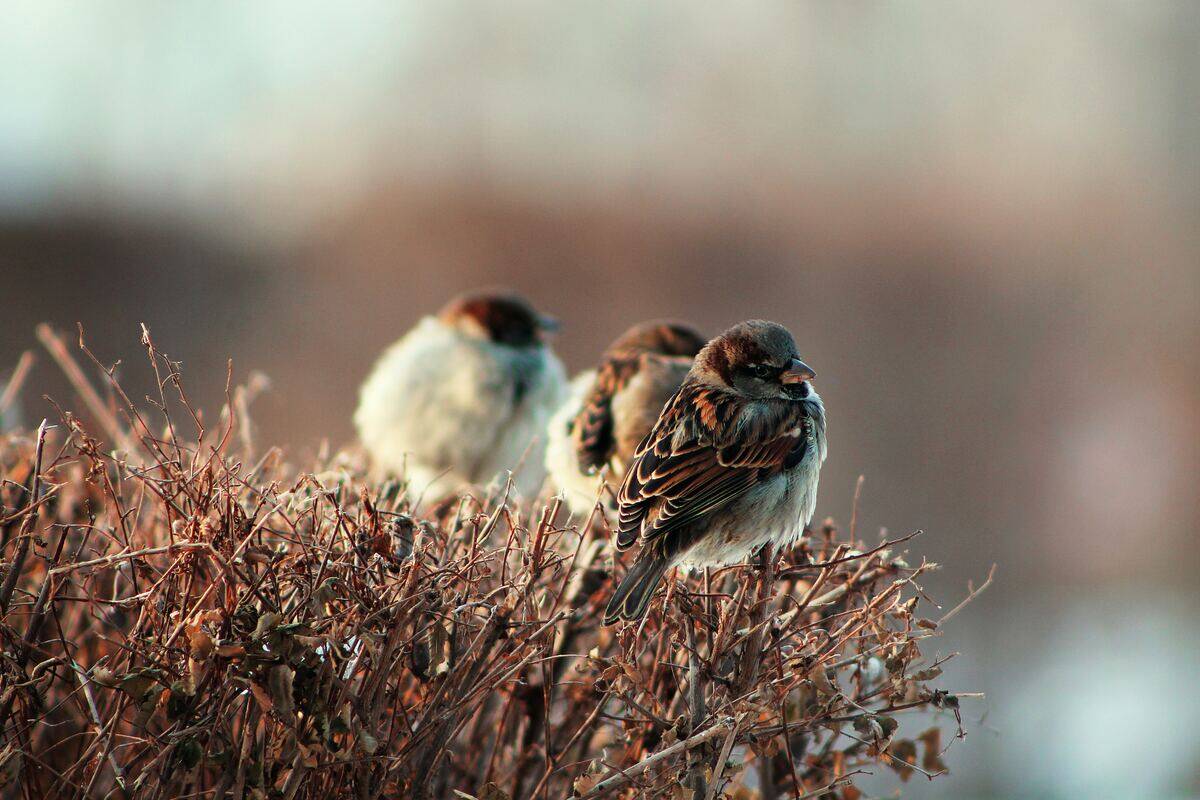
Using mulch beds in your yard provides multiple advantages for birds. It helps retain soil moisture, which fosters a healthy ecosystem for insects and invertebrates that birds rely on for food. Additionally, mulch beds offer cover and shelter for ground-feeding birds, making them feel more secure while foraging.
By creating these habitat-rich mulch beds, you enhance the overall attractiveness of your yard to a variety of bird species, supporting their dietary needs and contributing to a thriving avian community.
Offer Suet Feeders
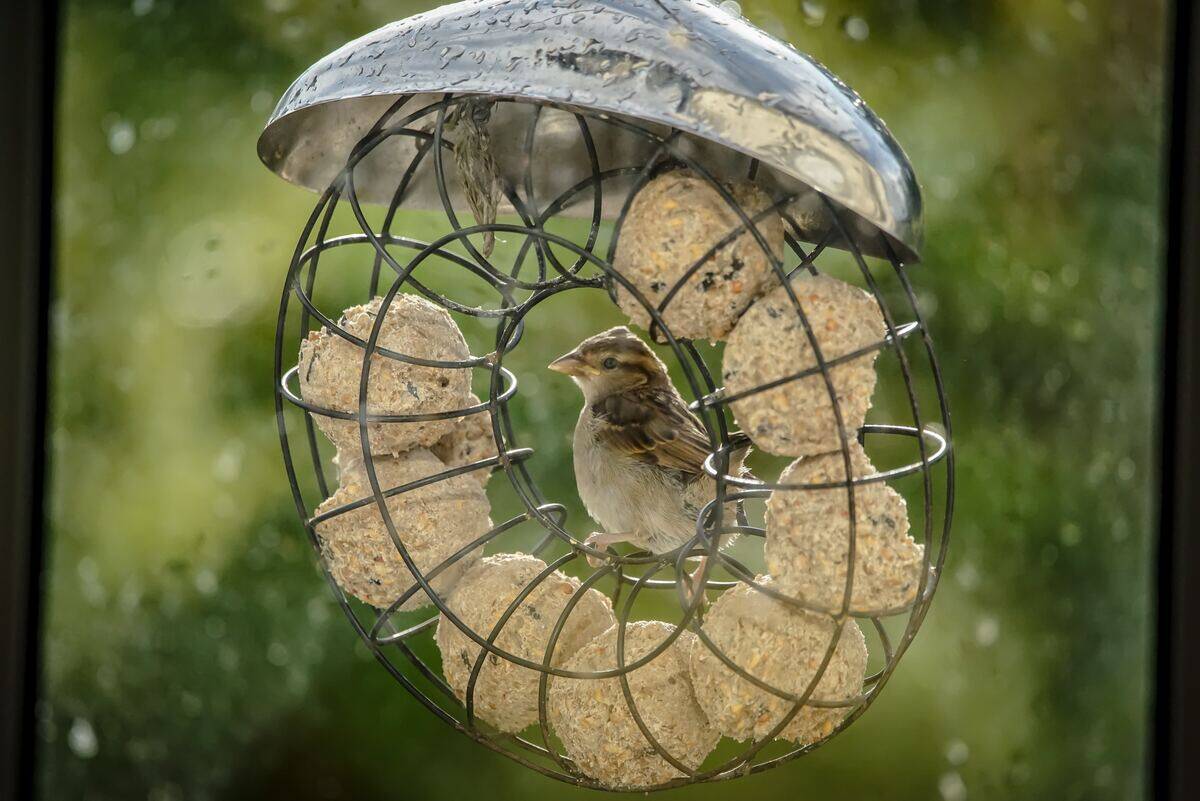
Offering suet feeders in your yard provides a high-energy, nutrient-rich food source that is especially crucial during colder months when insects are scarce and birds need additional calories to maintain their body heat.
Suet attracts a variety of bird species, including woodpeckers, chickadees, and nuthatches, offering bird enthusiasts an opportunity to observe diverse avian visitors up close. By supplying suet feeders, you ensure birds have access to a dependable and nourishing food supply, ultimately promoting their well-being and encouraging their continued presence in your yard throughout the year.
Build A Rock Garden
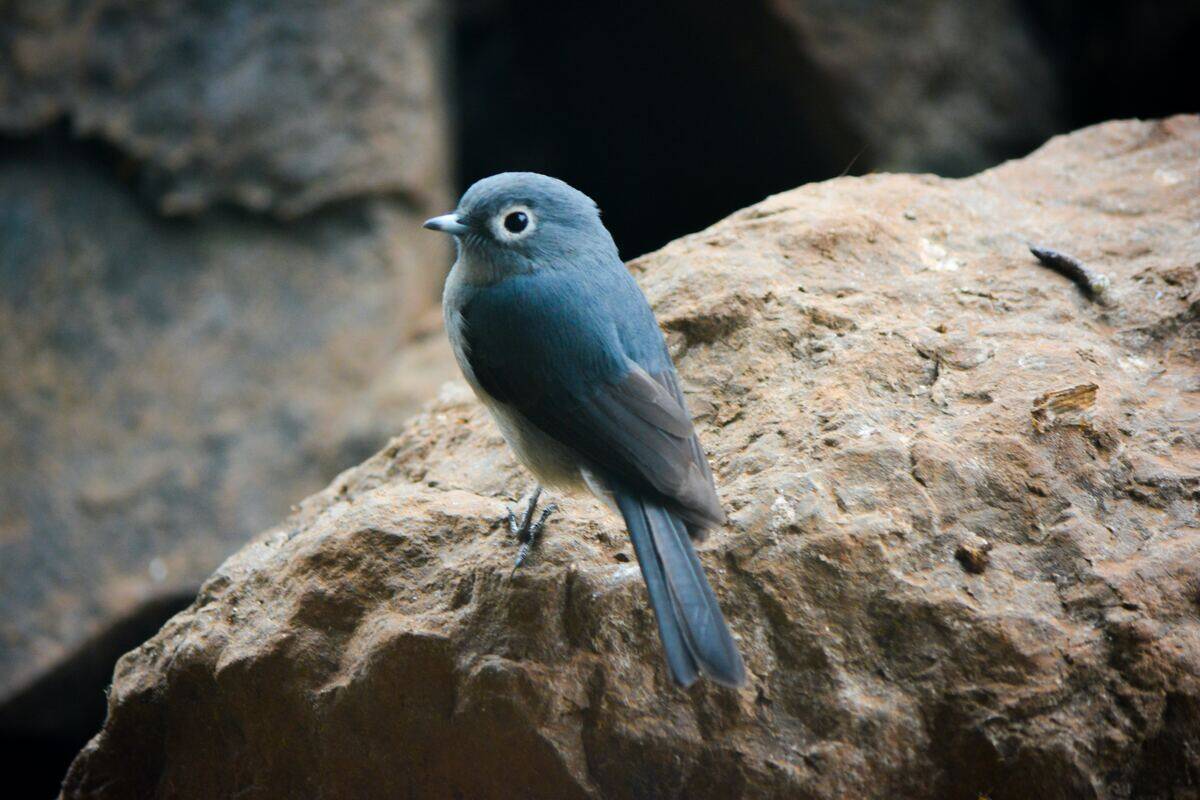
Rock gardens provide birds with a natural environment for foraging, nesting, and taking shelter. The crevices and gaps between rocks serve as hiding spots for insects and other invertebrates, attracting birds that feed on them.
The rocks can also absorb and radiate heat, creating warm microclimates that are especially appealing to sun-loving birds like sparrows and finches
Share Your Bird-Friendly Yard
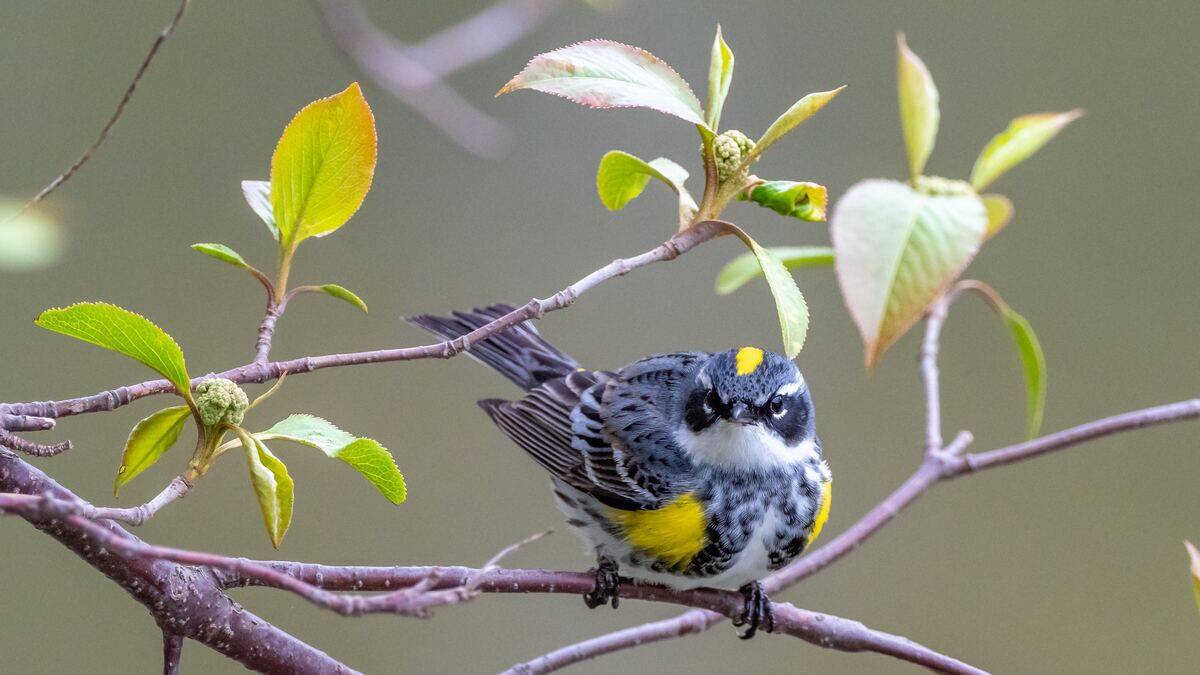
Sharing your bird-friendly yard is a commendable idea because it extends the positive impact beyond your own property, fostering a sense of community and environmental stewardship. By showcasing the beauty and diversity of birds attracted to your yard, you inspire others to embrace bird-friendly practices and create similar habitats in their own spaces.
This ripple effect contributes to the collective effort of supporting local bird populations, enhancing biodiversity, and creating a more bird-friendly community.
Foster Insect-Friendly Habitats
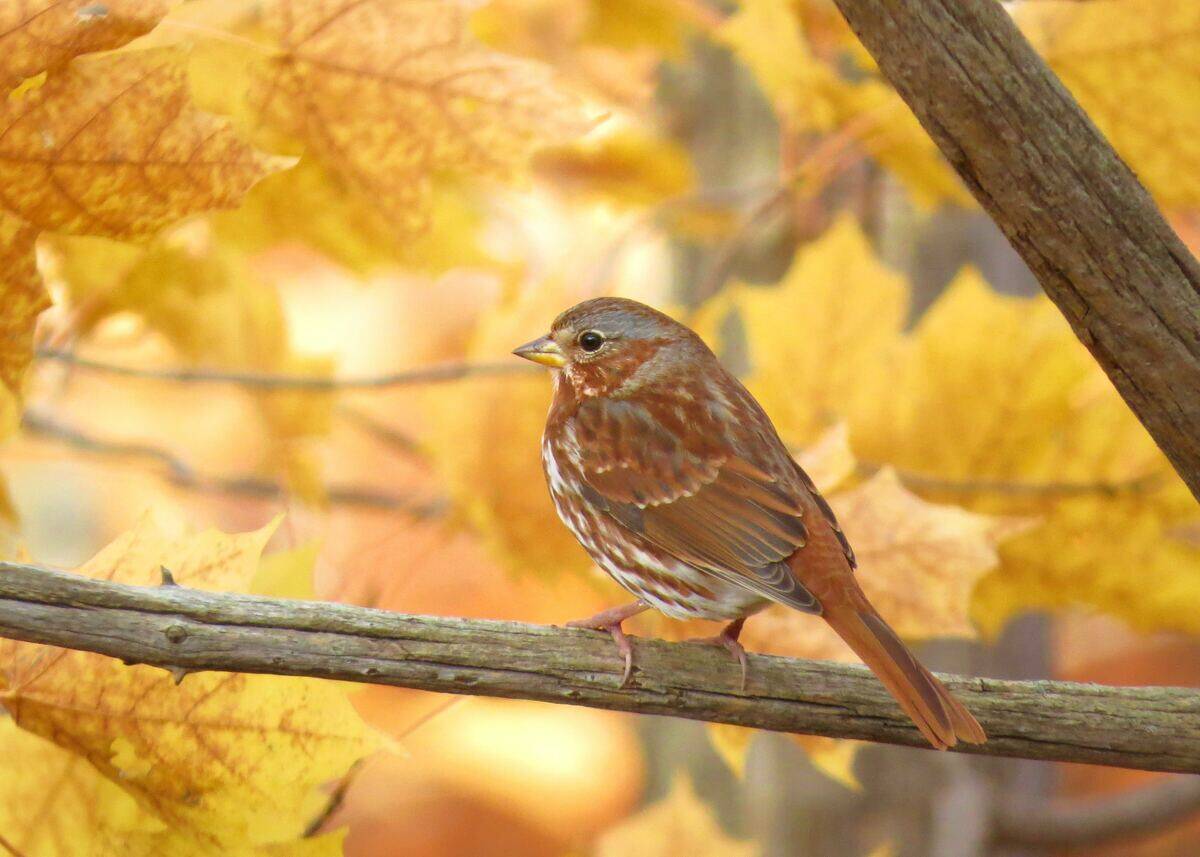
Fostering insect-friendly habitats in your yard is a highly beneficial strategy for creating a bird-friendly environment because it ensures a constant and diverse supply of insects, which are a crucial source of high-quality protein for birds, especially during the breeding season when their demand for nutrition is at its peak.
By promoting a thriving insect population through native plants, diverse vegetation, and minimal pesticide use, you not only support the dietary needs of your avian visitors but also maintain a balanced ecosystem, attracting a variety of bird species that rely on insects for sustenance.
Encourage Nesting Pairs
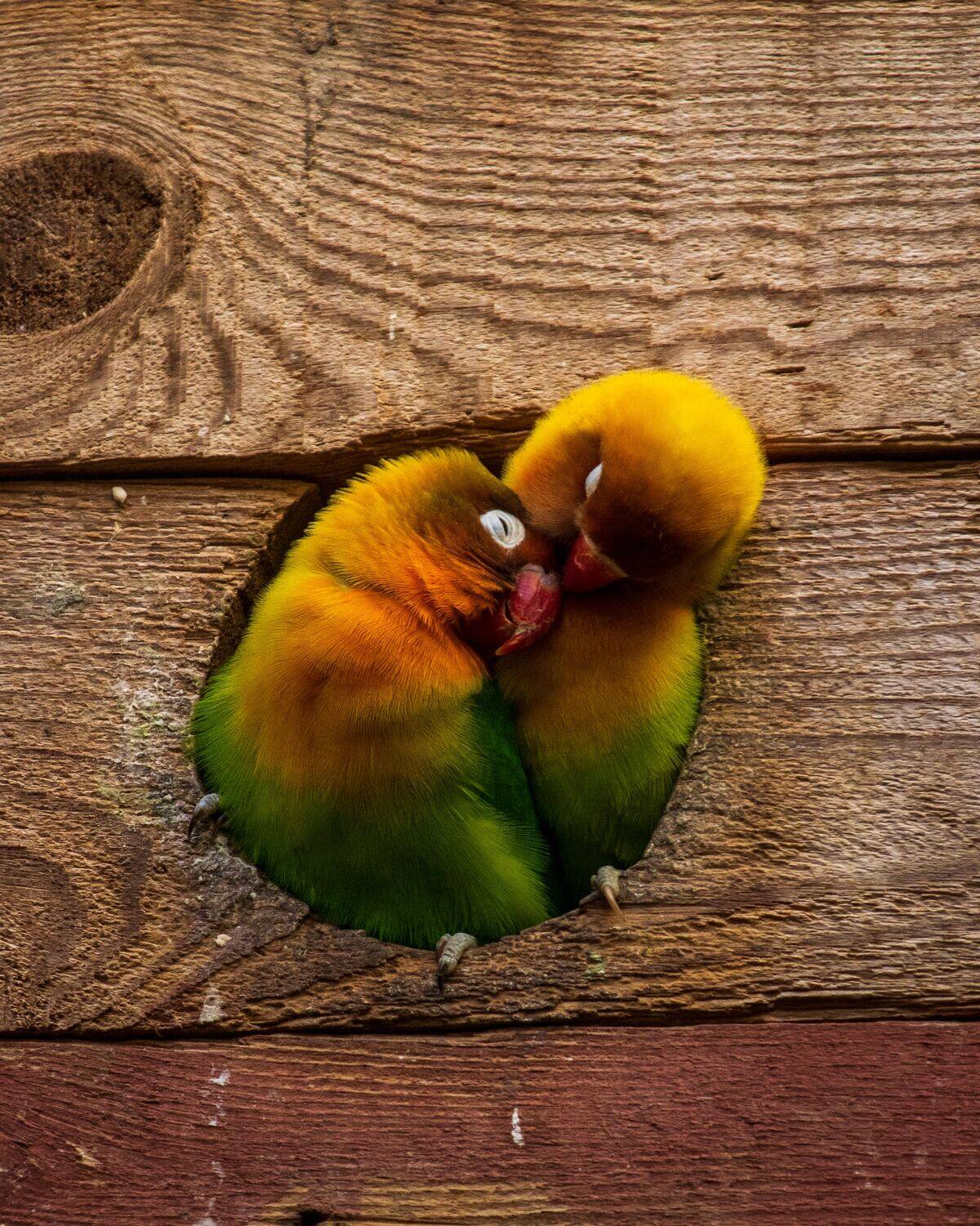
Encouraging nesting pairs of birds in your yard is an excellent idea for creating a bird-friendly environment because it supports the entire life cycle of these feathered residents. By providing suitable nesting sites, nesting material, and a consistent food supply, you not only attract birds to your yard but also help them successfully reproduce and raise their young.
This fosters a thriving avian community, contributes to the local biodiversity, and allows you to witness the beauty and wonder of birds as they engage in the fascinating journey of parenthood right in your own outdoor space.
Install Wind Chimes
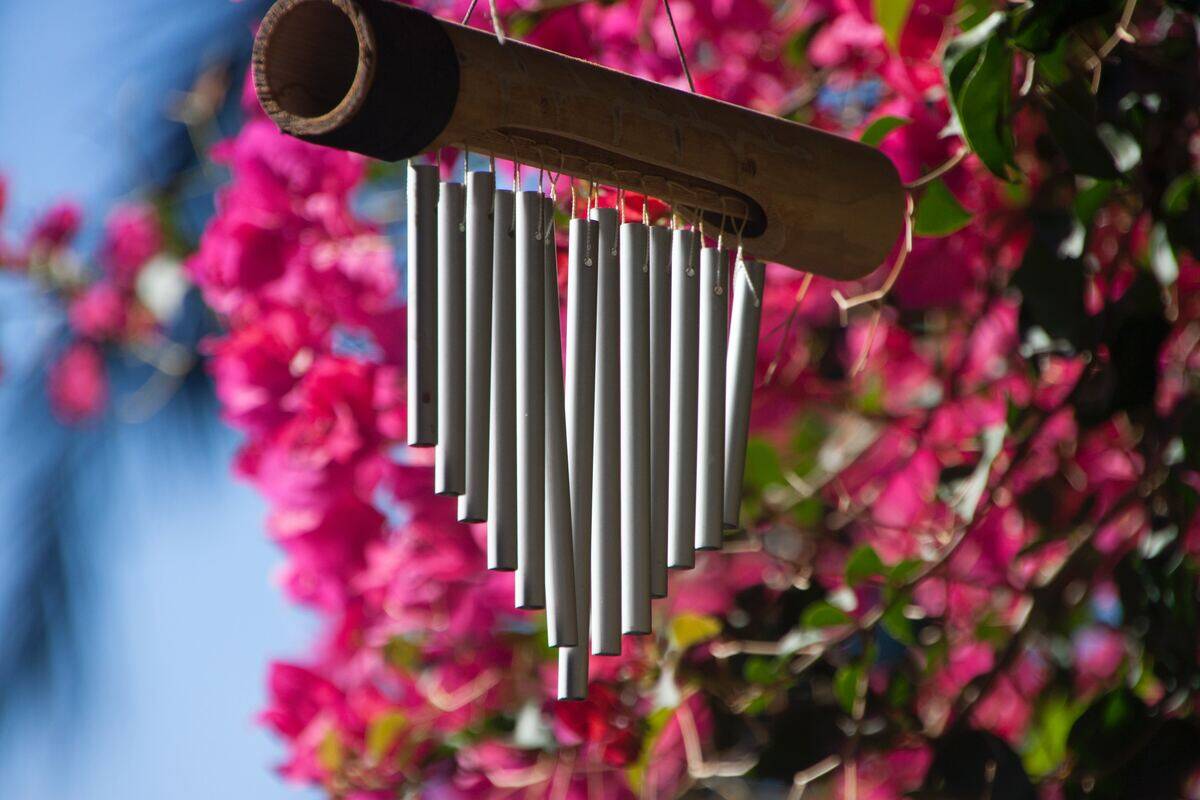
Installing wind chimes in your yard serve as both a charming decorative element for humans and an effective deterrent for preventing bird collisions with windows. The gentle, soothing sounds and subtle movements of wind chimes alert birds to the presence of windows, making them more visible and reducing the risk of accidents.
By adding wind chimes, you contribute to the safety and well-being of avian visitors, allowing them to navigate your yard more easily while enjoying the pleasant ambiance created by these musical ornaments.
Install A Dripper Or Misting System
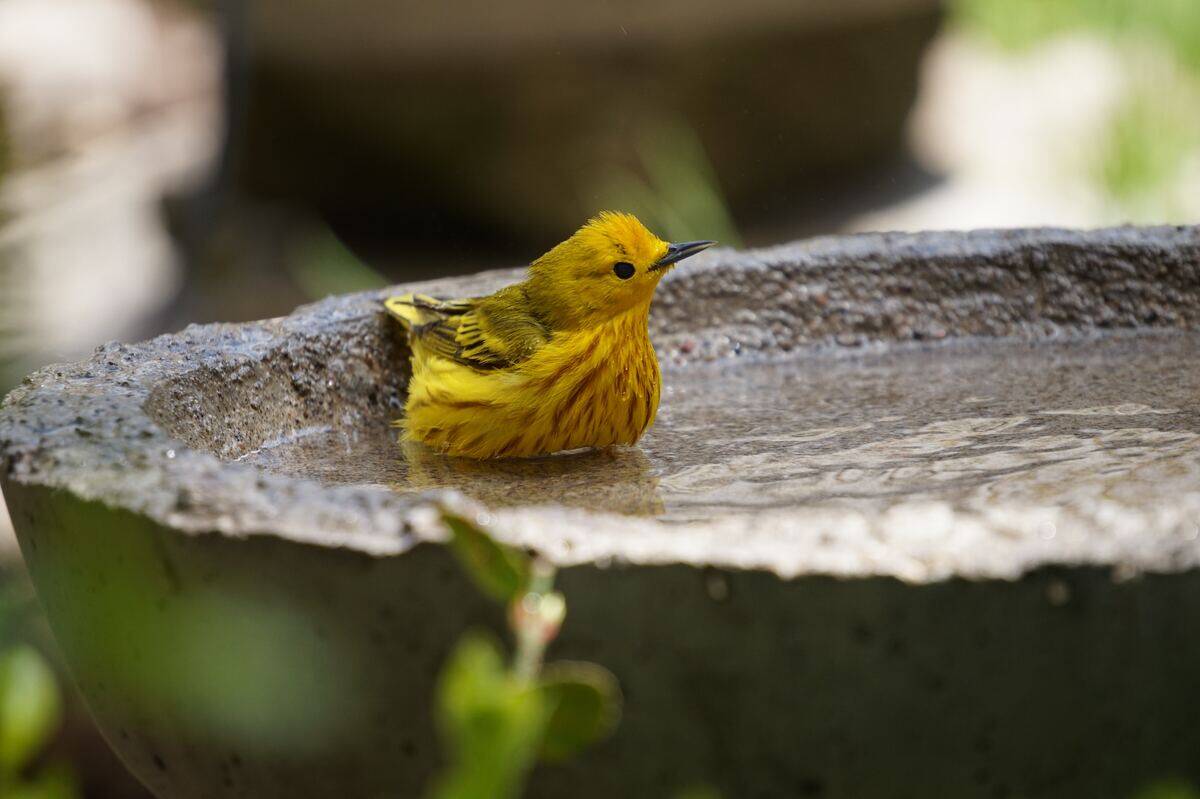
Installing a dripper or misting system in your yard is an excellent idea for creating a bird-friendly environment because it addresses a fundamental need of birds: access to clean, fresh water. During hot and dry weather, natural water sources can become scarce, making artificial water features crucial for bird hydration and bathing.
The continuous supply of water provided by drippers and misting systems not only ensures the well-being and comfort of visiting birds but also serves as a powerful attraction, drawing various bird species to your yard for drinking, bathing, and socializing.
Use Bird-Friendly Fencing
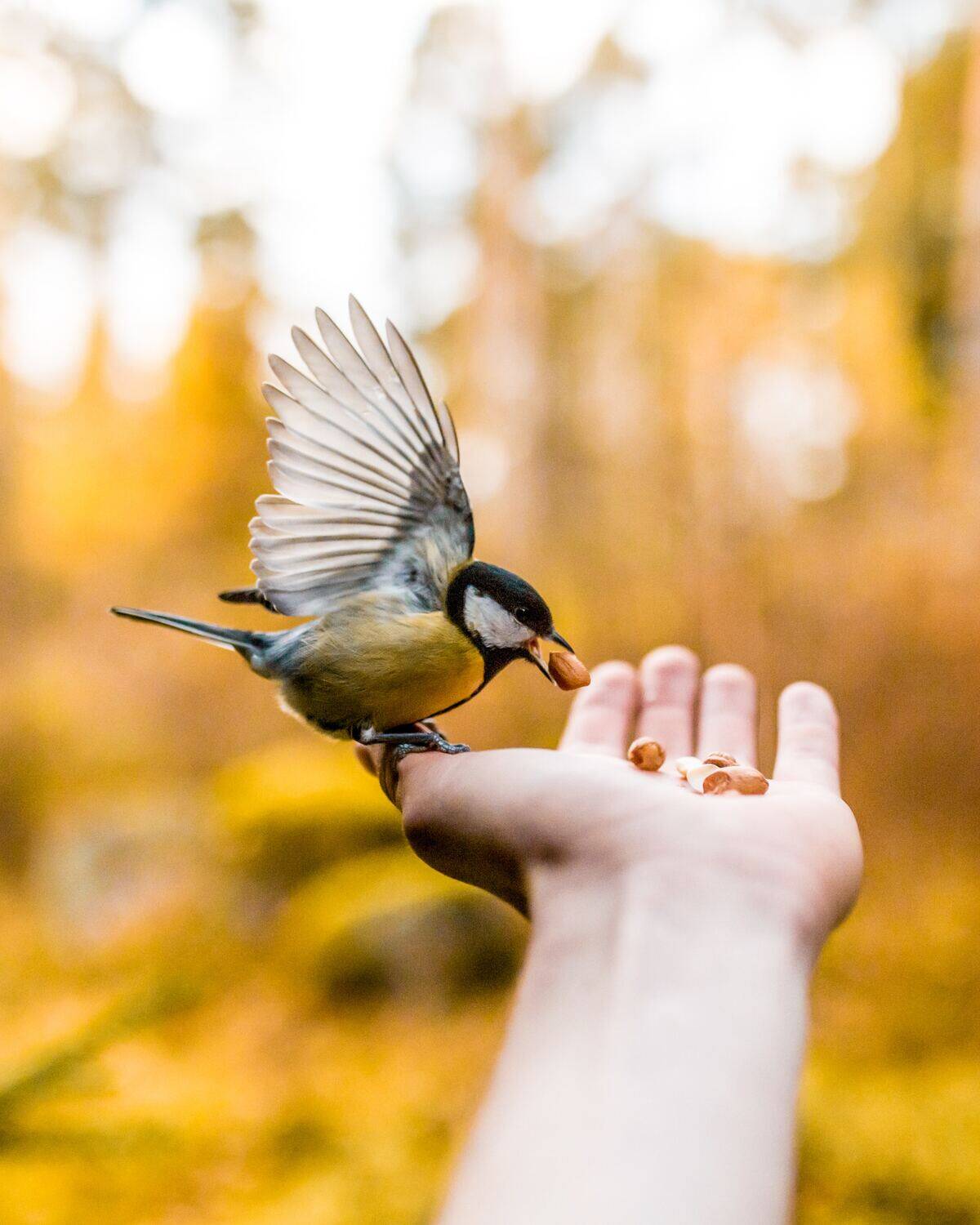
Using bird-friendly fencing in your yard is an excellent idea because it addresses the critical issue of bird safety. Traditional fencing, such as solid or reflective materials, can pose a significant threat to birds, leading to window collisions and injuries.
Bird-friendly fencing, designed with features like spaced pickets or transparent materials, helps birds recognize barriers more easily, reducing the risk of collisions and ensuring their safe navigation through your outdoor space.
Hang Nesting Material

Hanging nesting material in your yard is a wonderful idea for creating a bird-friendly environment because it offers a helping hand to nesting birds during a critical phase of their lifecycle.
Providing easily accessible nesting materials like twigs, feathers, and string not only makes the nest-building process more convenient for birds but also encourages them to nest closer to your home, allowing you to observe their fascinating nesting behaviors.
Build A Bird Blind
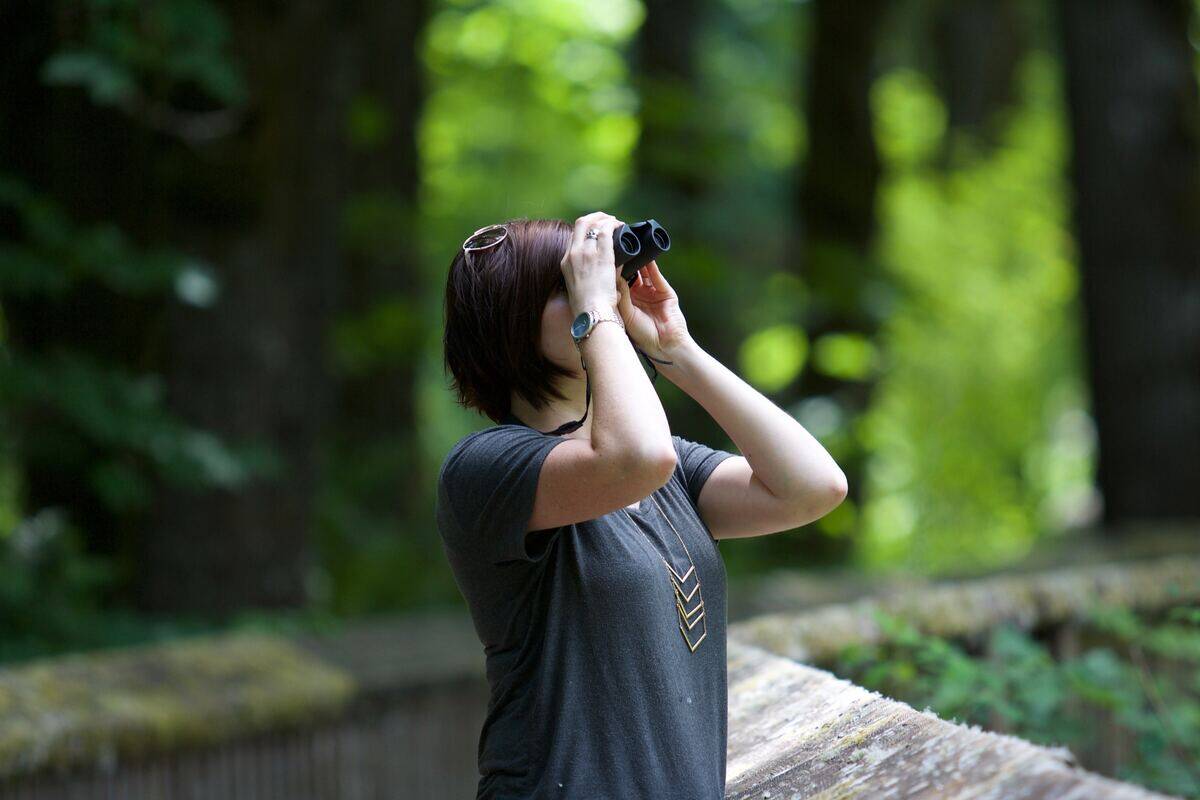
Building a bird blind in your yard is an excellent idea for creating a bird-friendly environment because it provides a secluded and unobtrusive vantage point for birdwatching. Bird blinds allow you to observe birds up close without disturbing their natural behaviors, fostering a deeper appreciation for their beauty and behaviors.
This subtle and respectful approach to birdwatching not only reduces stress for the birds but also allows you to study their habits, interactions, and nesting activities without causing disruption.
Hang Reflective Objects
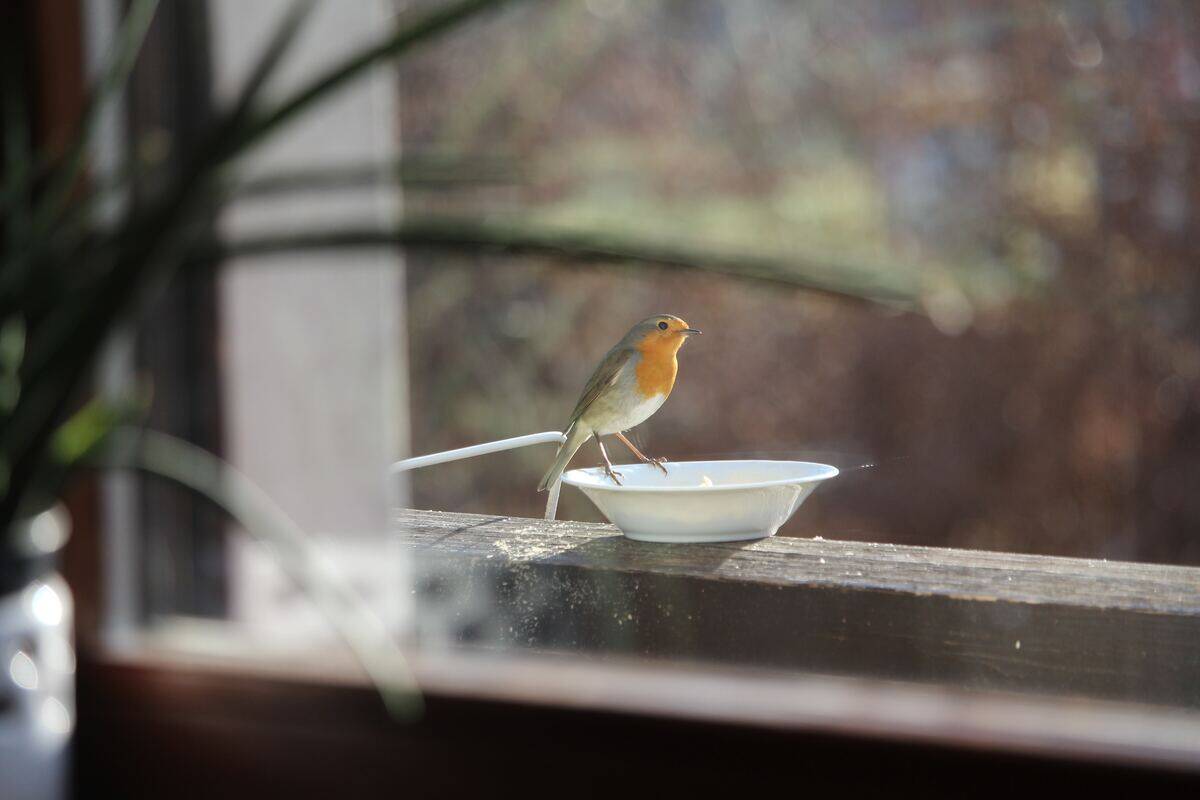
Hanging reflective objects in your yard is a beneficial idea for creating a bird-friendly environment because they can help prevent bird collisions with windows. Birds often mistake transparent or reflective surfaces for open air or unobstructed pathways, leading to window strikes, which can be harmful or fatal.
Reflective objects, such as mobiles, wind chimes, or strips of ribbon, create visual cues that alert birds to the presence of obstacles, reducing the likelihood of collisions.




